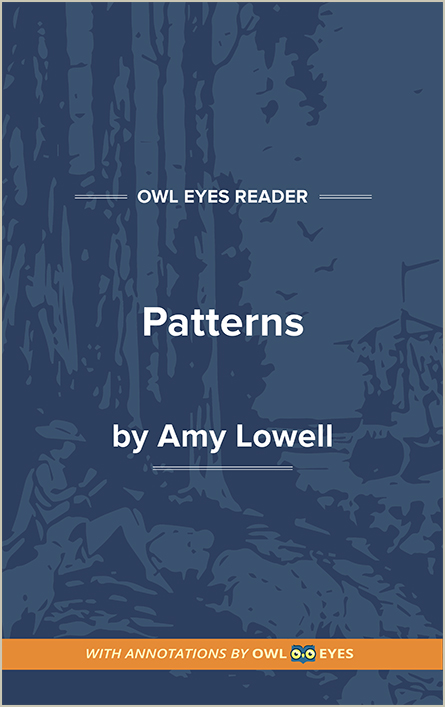Analysis Pages
Tone in Patterns
Tone Examples in Patterns :
Patterns
🔒"Up and down..." See in text (Patterns)
"squirmed like snakes..." See in text (Patterns)
"white, morning sunlight,..." See in text (Patterns)
"shadows..." See in text (Patterns)
";..." See in text (Patterns)
"Wars..." See in text (Patterns)

